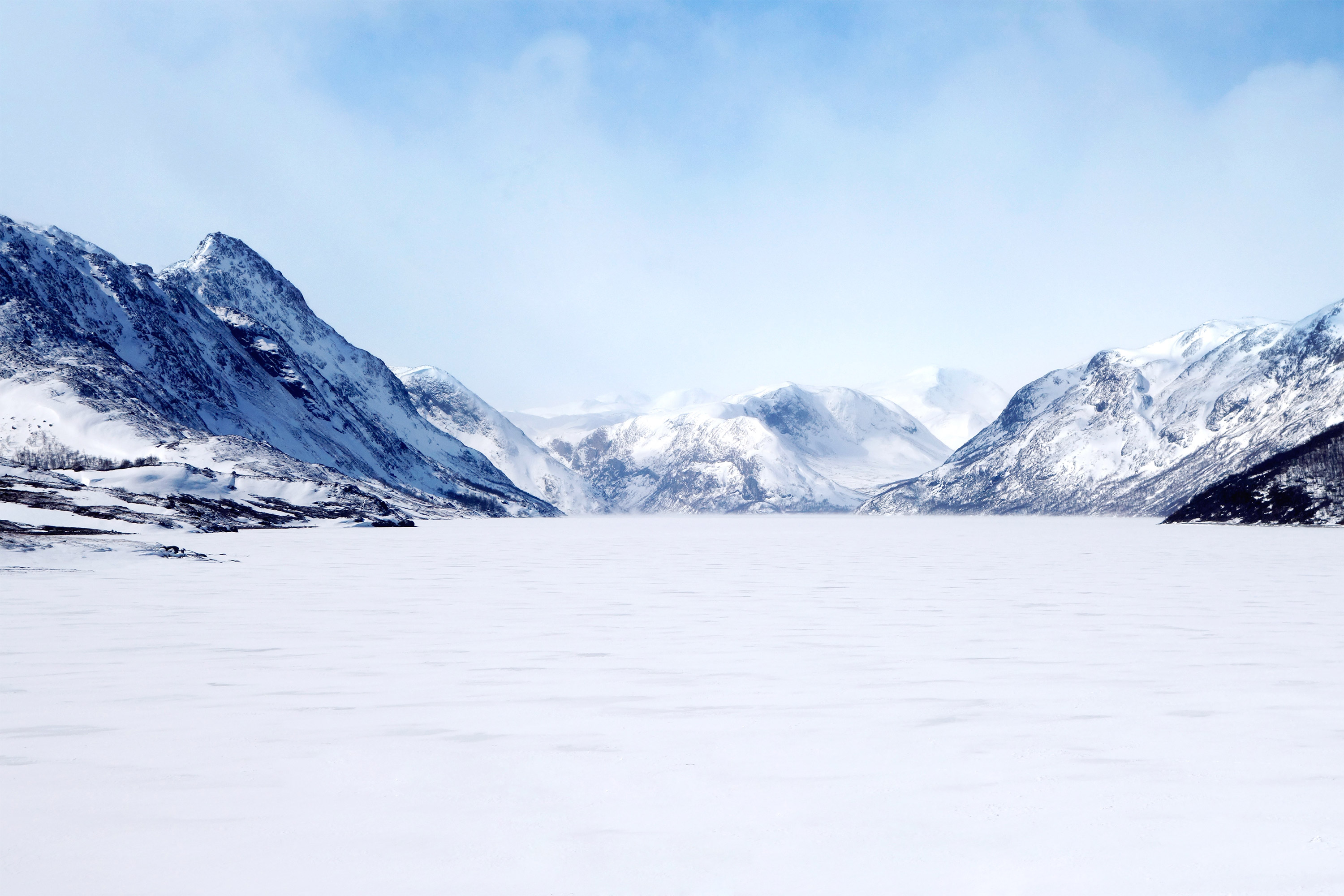Ski safety: Why You Should Wear Sunglasses on the Slopes
While skiing is a fun activity and can help release the daredevil in all of us, it can also be a dangerous sport. This is why ski safety is paramount, and by following some basic rules, you can have a lot of fun without putting yourself in harm's way. One such safety issue is ensuring that you wear the right gear, particularly in terms of wearing good-quality goggles to protect your eyes from the bright sun and flying snow. However, protecting your eyes isn’t only important when going down the ski slope; you must also protect your eyes at all times when on the slopes.
Common Eye Issues Caused by Snow
Being up on a ski slope puts you at a greater risk of damaging eye conditions caused by intense glare and brightness from the sun. A common issue is itchy eyes caused by dry air or snow flurries, which can affect your ability to ski safely if not protected by sunglasses. A more serious issue is snow blindness, also known as photokeratitis. The higher you are up the mountain, the less protection you get from UV rays due to the thinner air. This is especially true after snowfall. Optician Tina Patel explains that “80 percent of UV rays are reflected back into your eyes after snowfall." Common symptoms of snow blindness include eye pain, watering eyes, redness in your eyeballs and eyelids, and pain when seeing bright lights. These issues can be avoided by wearing good-quality sunglasses.
Wear Sunglasses In All Weather
As the above section shows it is vital to ensure that your eyes are always protected, which means once the ski goggles come off, you should always be wearing sunglasses. Unfortunately, not enough people wear sunglasses as often as they should, with many only wearing them if the sun is fully out. Kyla Black from Boots Opticians in the UK warns that “UV rays from the sun can also penetrate clouds, so it’s beneficial to wear sunglasses all year round, even when it’s cloudy.” The weather on the slopes can be unpredictable, changing from sunny to cloudy in a very short time frame. No matter what the weather is, be aware that your eyes must always be protected.
Buy Good Quality Sunglasses
Not all sunglasses are made the same, and if you don’t buy a good quality pair, you could be unwittingly endangering your eyes. In Europe, the law classifies sunglass lenses as “personal protective equipment”, and they have five levels of protection, 0-4, depending on how much Visible Light Transmission (VLT) the lens lets through. For example, category 0 allows 80-100% VLT through, while category 4 only lets 3-8% VLT through and is ideal for places where the sun’s glare is more intense, such as up a mountain. For those who are skiing, it is best to wear sunglasses with category 3 or 4 lenses. Your glasses should also offer 100% UV protection that blocks UVA and UVB rays.
For extra protection when relaxing on the slopes, consider buying polarised sunglasses, as they reduce light intensity and glare. As shown by the range of zonnebrillen on Pearle Opticiens, many top brands come with polarised lenses, including the Oakley Holbrook OO9102 O255 and the Ray-Ban Hexagonal Flat Lenses RB3548N 912443. If you wear prescription lenses, most brands will let you adjust the lenses to suit your needs. However, note that polarised sunglasses may not be suitable for wearing behind ski goggles as they can make icy patches on the ground harder to see by eliminating glare.
If you are looking to go skiing in the near future, look at our guide to the best ski areas in the Alps. Once you have found an ideal location, also be mindful of your eye health and invest in good-quality sunglasses before you embark on your trip.
